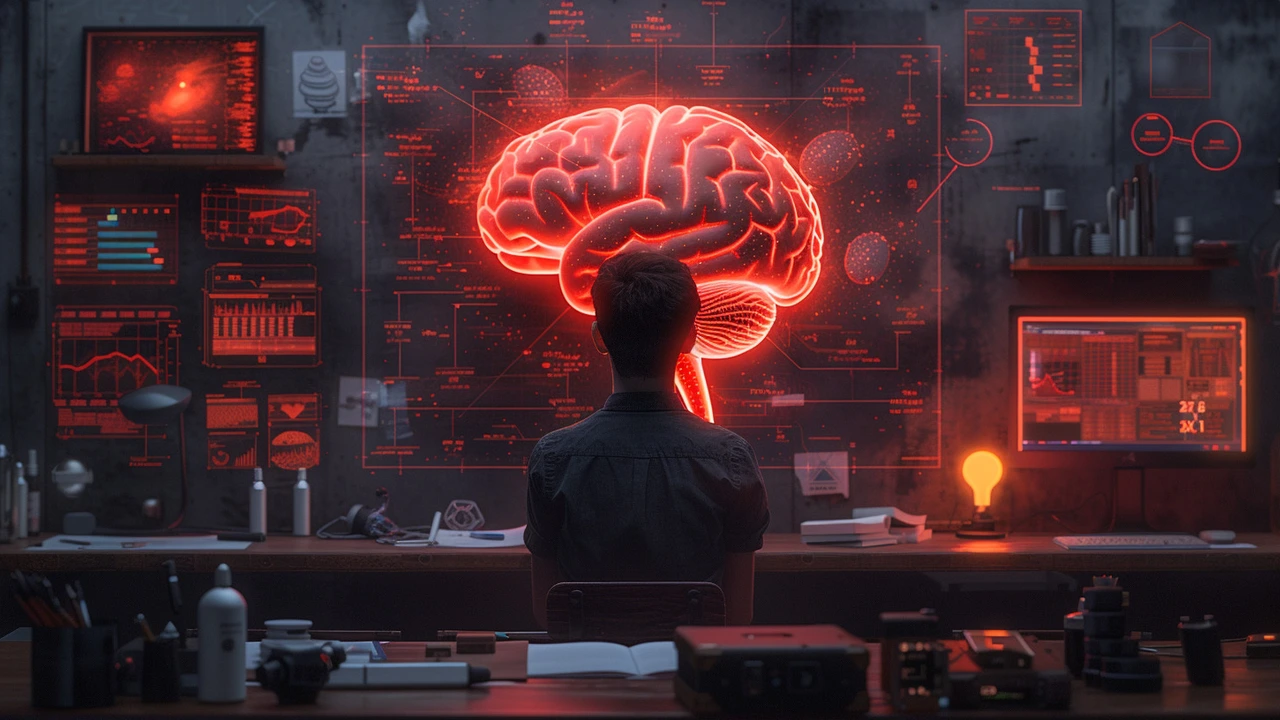AI Tricks: The Manual for Tech Excellence

AI Tricks: The Manual for Tech Excellence
Understanding the Basics of AI
As a blogger who has been in the tech industry for quite a while, I've come to realize that the key to understanding any complex subject is to first break it down into its fundamental concepts. Artificial Intelligence, or AI, is no exception. AI, in its simplest definition, is the ability of a computer program or machine to think and learn. It encompasses everything from Google's search algorithms to autonomous weapons. But for us to fully exploit the potential of AI, we need to understand its fundamental concepts such as machine learning, neural networks, and algorithms.
Demystifying Machine Learning
Let's start with machine learning, a subset of AI that enables computers to learn and adapt through experience. It's like teaching a child how to ride a bike; the child starts off shaky but eventually learns to balance and pedal smoothly without any assistance. Similarly, machine learning algorithms use statistical methods to enable machines to improve with experience. The more data you feed these algorithms, the better they become at making predictions or carrying out tasks. Think of it as the training wheels for AI.
Decoding Neural Networks
Next, we have neural networks, which are essentially the backbone of AI systems. These are modeled after the human brain and are designed to replicate the way we humans learn. Neural networks consist of layers of interconnected nodes (or neurons) that process information and make decisions. They're the reason why your Siri or Alexa can understand your commands or why a self-driving car can successfully navigate a busy street. In essence, neural networks are the brain behind AI's ability to think and learn.
Understanding Algorithms: The Heart of AI
Now onto the heart of AI – algorithms. An algorithm is a set of rules or instructions that an AI system follows to solve a problem or achieve a goal. It's like a recipe that tells the system step-by-step how to reach a desirable outcome. For instance, Google's search algorithm uses over 200 factors to deliver the most relevant search results to you. So, understanding algorithms is crucial in unlocking the full potential of AI.
The Power of AI in Everyday Life
One of the things that I find most fascinating about AI is its potential to transform our everyday lives. From voice assistants and recommendation systems to medical diagnostics and smart homes, AI is slowly becoming an integral part of our daily lives. It's making our lives easier, helping us make more informed decisions, and even saving lives in the medical field. This section will explore the different ways AI is being used in everyday life and how it's shaping our future.
The Future of AI: What to Expect
Lastly, let's talk about the future of AI. While it's difficult to predict with certainty what the future holds, one thing is clear: AI is here to stay. With advancements in machine learning and neural networks, AI is becoming more sophisticated and powerful. It's being used to solve complex problems, make predictions, and even create art. But as with any powerful tool, there are also potential risks and challenges. This section will delve into what we can expect from AI in the future and how we can navigate the potential pitfalls.
About
CH Tech Development is a premier resource for the latest updates and insights in the world of technology development. We provide extensive information, articles, and guides on cutting-edge technological advancements. Explore our site to empower your knowledge about the dynamic field of tech development.
Latest Posts


Coding for AI: How to Get Started
By Silas Hawthorne Jul 26, 2023

AI Tricks: Making the Future More Accessible
By Theodore Worth Oct 13, 2023

Essential C++ Coding Tips to Elevate Your Programming Skills
By Raymond Sterling Apr 26, 2024

Write a comment